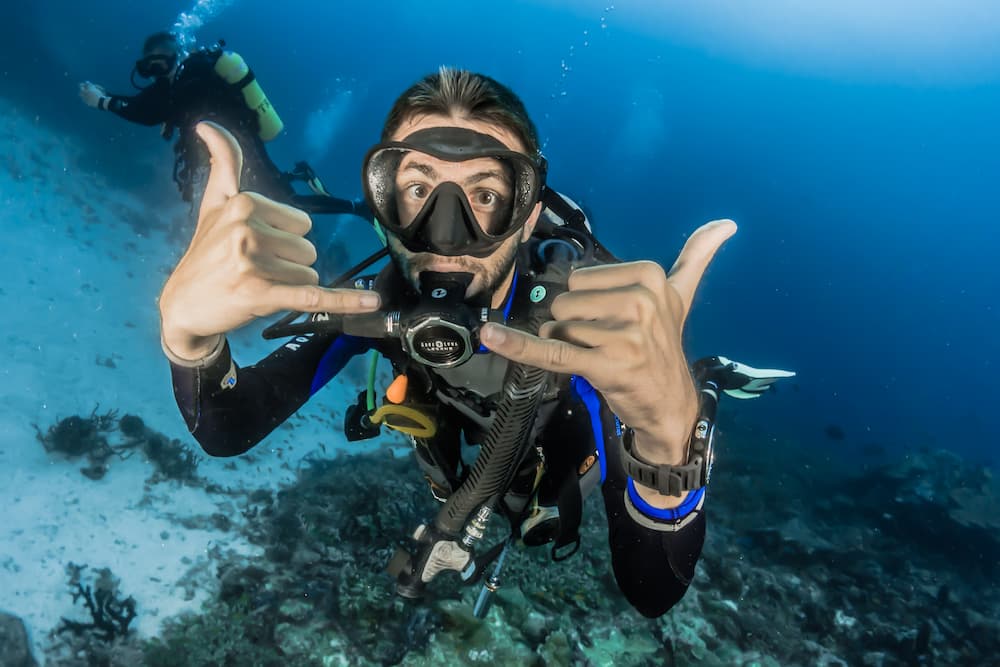
Extreme sport, which is associated with serious risk and danger to life and health, becomes more and more popular in the world every year.
The new dictionary of foreign words defines the term “extreme sport” as “the most difficult and dangerous sport, in which an athlete is exposed to extreme conditions that require his or her virtuoso skills. Consequently, extreme sport is the ultimate sport or unusual in complexity and risk.
The reasons for engaging in extreme sports vary. For some people the reason for extreme sports is to get the most acute sensations, balancing on the edge of life and death, for others it is an opportunity to constantly maintain a heightened sense of life, for some it is involvement in a closed “elite” community of “special” people.
Some modern sports, which began to advance in the world since the 1950s, have gradually become known as extreme sports. Such sports include skateboarding, snowboarding, skydiving, rock climbing, speleology, diving, freediving, etc.
Extreme sports are characterized by a high degree of danger to the life and health of the athlete, a large number of acrobatic tricks, high levels of adrenaline released by the athlete during the sport. Traumatism is especially high in those sports that are practiced by a large number of unprepared people, teenagers.
There is no clear classification of extreme sports – there is a great many of them, which is constantly updated. Attributes of extreme sports are critical for human environmental conditions, a high degree of risk to health and life. Most extreme sports are realized in natural environments.
According to the type of implementation environment three groups of extreme sports are distinguished:
on a hard surface (skateboarding, snowboarding, cycling, etc.);
on water (wakeboarding, diving, freediving, aqua-bike, etc.);
at altitude in the sky (kiting, skysurfing, parachuting, etc.).
All extreme sports can be divided into 8 groups according to their application:
1. sports with extreme requirements to movement coordination;
2. Sports, the main feature of which is to achieve high speed of movement and cyclic movements;
3. The 3rd group is characterized by work on strength and speed of movements. The group can be divided into two subgroups:
on the movement of maximum mass;
sports on creating maximum acceleration (throwing);
4. The 4th group of sports is mainly aimed at improving the functions of human analyzers, mastering information in a fight with an opponent;
5. 5th group of sports is aimed at improving the control of various means of movement with the presentation of great loads on the central nervous system and leading analyzers in connection with the need to provide anticipatory and preventive actions;
6. the 6th group of sports is characterized by the improvement of higher nervous activity under small physical loads;
7. the main for the 7th group of sports is education of ability to switch;
8. The 8th group consists of sports with special requirements for adaptation to extreme environmental factors. Here we can also distinguish subgroups: by the temperature factor, the nature of sports space, altitude.
Diving according to the above classifications can be attributed:
1) by the type of implementation environment – to extreme sports on the water, or rather, under water;
2) by application – to the 6th, 7th and 8th groups:
– as an extreme sport related to the improvement of higher nervous activity – diving involves a large baggage of knowledge and applied skills in the field of physics, physiology, biochemistry, medicine, mathematics, etc.;
– extreme sport, related to education of switching ability and stress-resistance. Panic under water is a diver’s worst enemy! And the inability to prioritize tasks under water can lead to irreversible consequences;
– extreme sport, related to adaptation to extreme environmental factors. In diving it is water pressure, low and/or high ambient temperatures, loss of color of the surroundings as you dive, in the water column – loss of reference points, poor visibility, compared to the surface, especially this feature concerns reservoirs of our latitudes – midland Russia and its north-west.
It should be noted another feature of diving, which cardinally distinguishes it from all other sports – the absence of competitive part, in diving there is no word “I”, there is a word “we”, because in diving works principle of partnership. The only person who will help you underwater is your partner, your buddy. Therefore, unlike most sports, in diving we develop the ability to interact with a partner under water, aiming at one common result: we develop the ability to understand and perceive your partner’s state (through gestures, body position, eye expression in the mask) in conditions of limited means of communication: under water we can only use gestures – international diving signs (signs), which are the international language of communication of divers under water.